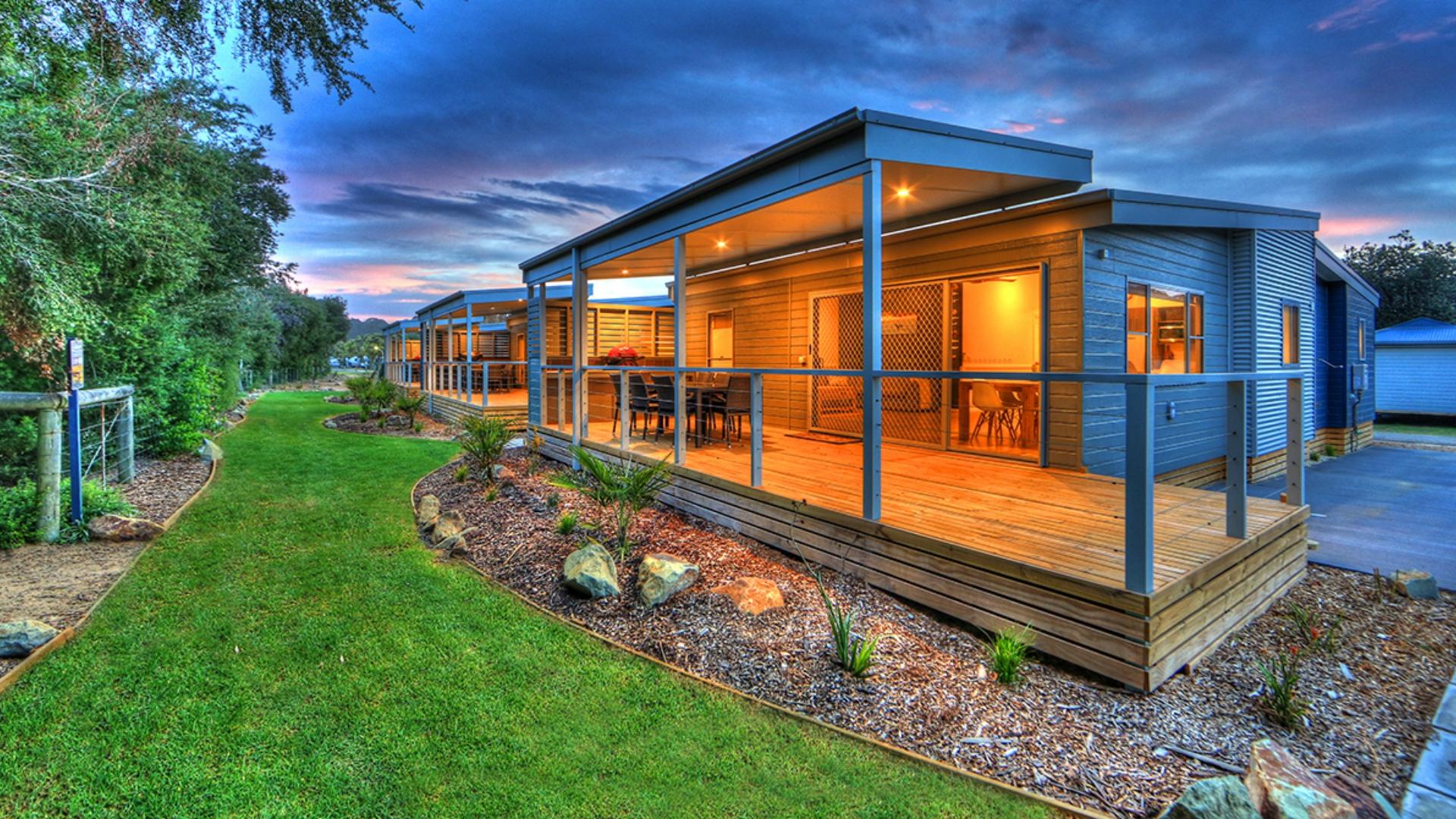In the hotel industry, we often hear the term Dynamic Pricing. But what exactly is dynamic pricing, and how can it make a difference to your bottom line? In this blog, we’ll uncover the basics of this buzzword and how you can implement it at your property.
What is dynamic pricing in hotels?
Dynamic pricing is a revenue management strategy based on supply and demand. It’s used to increase overall revenue and maximize occupancy for hotels. In recent years, a dynamic pricing strategy has become an essential element of hotel revenue management.
Dynamic pricing was first introduced to the hotel industry back in the early 2000s, with the big named brands such as Hilton, Marriot, and InterContinental leading the way.
Thanks to property management software (PMS) providers, it’s no longer a strategy available only to the big players. Small to medium accommodation businesses can now take advantage of dynamic pricing directly through their PMS.
Dynamic vs. Static Pricing
Static pricing (also known as fixed pricing) means that the price point remains the same from day to day. It can be manually updated at any time but will not change based on occupancy rates, competitor offerings, or other market condition factors.
Dynamic pricing (also known as intelligent pricing) is a responsive time-based pricing strategy that updates room prices in real-time to maximize occupancy and increase RevPAR. This hands-off approach to revenue management uses predefined rules to automatically update listings without manual intervention. Static pricing has become an old-school approach don’t get left behind!
Factors that influence dynamic pricing
Dynamic pricing generates optimized pricing based on internal and external factors such as specific trends, market conditions, and events. Here are some of the key elements that influence the algorithm of dynamic rates:
Base price
Determine the base rate for your accommodation that aligns with your overall pricing and positioning strategy. This figure is the minimum nightly rate that a room can be sold for.
It’s important to ensure rate parity across all distribution channels for consistency and to provide rate transparency to guests who are looking to book your accommodation.
Seasonality
The effect of seasonality is felt by accommodation providers across the globe and has a major impact on hotel pricing strategies. This can differ based on geographic location, tourism regions, and climates.
Day of week trends
Days of the week also have an influence on dynamic rates. If your hotel’s target market is predominantly leisure travelers, your rates are likely to increase from Thursday to Sunday. Whereas, many inner-city hotels that attract mid-week business travelers, are likely to have higher rates mid-week and a price drop over the weekends.
Holiday & event pricing adjustments
Do you have events that attract visitors to your destination? Holidays and major events such as sporting events, music festivals, concerts, and more, will increase the demand for accommodation over particular dates. It’s important to factor this into your pricing to ensure that you’re maximizing revenue.
Benefits of dynamic pricing
Boost room sales
Increasing occupancy to maximize revenue and alleviating low room sales is the main goal of dynamic pricing. This is particularly important in off-peak periods when demand is lower. With automated dynamic pricing, your rates will automatically reduce in slow periods, generating more demand and increasing your occupancy. Selling rooms at a slightly lower rate mitigates the loss of a room left unsold!
Discover market trends & stay competitive
Reviewing your hotels’ historical data and using dynamic pricing to adapt to current consumer behaviors provides the opportunity to discover market trends and gives a deeper understanding of your guest’s booking patterns. By monitoring your different segments for their booking patterns, length of stay, upsell opportunities, and room preferences you will gain an idea of which target market will result in a higher ROI. Understanding market trends and patterns will allow you to price competitively for your audience.
Maximize room revenue and occupancy
As we emerge from the pandemic and with tourism recovery well underway, increasing occupancy rates is on every hotelier’s radar. The supply and demand-based pricing model works to maximize your room revenue and increase your overall occupancy. Ensuring your hotel is priced at market rate, or just below, is often enough to encourage potential guests to select your property over competitors. Length of stay is another consideration in maximizing room revenue. Adjust your stay restrictions to fill rooms and give your guests preference over the one-nighters to add a stay extension. Even at a lower rate the added occupancy and reduced cleaning costs will boost overall revenue. It’s a win-win situation.
Price Optimization
What is price optimization? It’s setting the best possible price for your hotel rooms based on internal and external factors. Internal factors include your average daily rate (ADR), revenue per available room (RevPAR), the average length of stay (LOS), average food and beverage spend, and cleaning costs. External factors include events, competitor pricing, and market trends. With dynamic pricing in place, your pricing will be automatically optimized so you can be confident that you’re maximizing revenue for your property.
Make it automated with hotel dynamic pricing software
Looking for a tool to assist with managing dynamic pricing at your hotel?
Monitoring competitor rates and keeping a tab on events, holidays, and trends is extremely time-consuming when done manually. To take advantage of a truly agile strategy that considers all relevant factors it’s best to use the help of a tool that can easily gather and implement market intelligence to produce your optimal pricing.
Your hotel management system (also known as PMS, property management software) or a revenue management system (RMS)Â should offer the functionality to automate dynamic pricing, saving you time. All you will need to do is set your minimum and maximum rates; the system will do the rest for you.
If you’re looking for something more advanced, try using dynamic pricing software for hotels. This type of software provides access to in-depth data and insights and will also provide access to view competitor pricing trends. This will allow you to take your dynamic pricing strategy to the next level.
We saw a $161,000 growth in revenue with dynamic pricing
NewBook Client Testimonial
Want to learn more about automating dynamic pricing at your property?
Click here to schedule a time with our team to see how it works.

